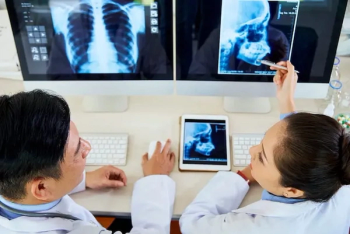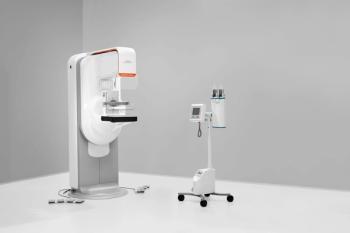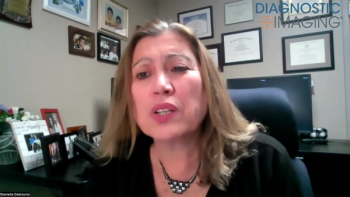
Resources describe NSF risks from gadolinium MR contrast media use
Several new resources offer radiologists, nephrologists, and other clinicians answers to many questions associated with nephrogenic systemic fibrosis and gadolinium-based MRI contrast.
Several new resources offer radiologists, nephrologists, and other clinicians answers to many questions associated with nephrogenic systemic fibrosis and gadolinium-based MRI contrast.
Directed by nephrologist Dr. Richard Swartz, University of Michigan researchers have confirmed a strong association between NSF and gadolinium-based contrast. An evaluation of medical records in the university hospital's dermatopathology database identified 29 NSF cases diagnosed between November 1999 and December 2006. All 29 had compromised renal function, and 25 were known to have received a gadolinium-based contrast medium.
Radiologist Dr. Wael Shabana, the first author of the study, calculated that NSF developed in 12 (2.9%) of 414 patients who were administered gadolinium-based contrast during the period in which they also underwent dialysis. The study was published in the March 1 issue of the American Journal of Roentgenology (AJR 2008;190[3]:736-741).
A fine review of the subject appeared in the February 2008 issue of the Cleveland Journal of Medicine (CJM 2008; 75(2): 95-111). It was written by Dr. Naim Issa and colleagues in the department of nephrology and hypertension of the Cleveland Clinic.
The article covers essential aspects of the disease and consensus opinion relating to its link with gadolinium contrast. It reports that NSF seems to arise in roughly 3% of patients with renal insufficiency who receive a gadolinium contrast medium, though it admits that the picture remains fuzzy regarding actual incidence of the disease.
It notes that no effective treatment has yet been identified for NSF. Issa and colleagues conclude that hemodialysis may be warranted immediately after exposure to gadolinium and again the day after exposure for patients who are already on hemodialysis.
The official site of the
The site is maintained by the dermatology department at Yale University and assistant professor Dr. Shawn Cowper. Cowper maintains the first and perhaps most comprehensive registry of NSF cases. As of Jan. 20, 215 cases had been identified, according to the site.
Yale's ongoing involvement in research and education related to NSF can be seen in its sponsorship of the 2nd Annual Scientific Symposium on Nephrogenic Systemic Fibrosis and MR Gadolinium-based Contrast. The one-day conference is planned May 10 in New Haven. Event information can be found on the ICNFDR website.
Newsletter
Stay at the forefront of radiology with the Diagnostic Imaging newsletter, delivering the latest news, clinical insights, and imaging advancements for today’s radiologists.




























